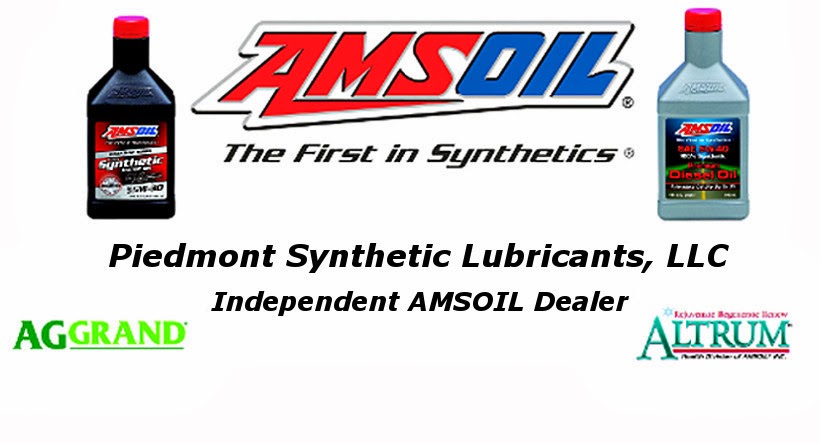First of all, why should you dethatch your lawn? Thatch is the layer of built-up plant material between the green top growth and the roots of your grass. Thatch develops naturally as lawn grasses grow and shed roots, shoots and leaves. Some thatch helps protect the roots, but too much thatch prevents water, oxygen and nutrients from getting through to the soil. You can help avoid thatch build-up by mowing frequently so that the blades of grass are smaller and will decompose more quickly. Grass clippings contain nutrients that are good for your grass, including the nutrients that you've already applied through fertilizer. I always try to dethatch before I apply fertilizer so that the fertilizer better penetrates to the roots. And I always dethatch before the grass is actively growing just because it's easier for the dethatcher to get through the grass without building up on the tines, although technically it could be done anytime during the season.
The other reason that I use my John Deere Dethatcher is the moss in my lawn. The yard has lots of trees both throughout, creating lots of shady spots. That, combined with the moisture and humidity and the clay soils that we have here in the south, provides the perfect environment for moss to thrive. If moss is allowed to grow unchecked, it will simply take over, which I've allowed it to do in certain areas where I didn't really want grass anyway. Although moss is green and soft (and cuddly) and actually looks good in the right locations, moss and grass just don't mix.
The John Deere Dethatcher is an outstanding tool for removing both thatch and moss although once the moss is removed, seeding with a shade tolerant grass seed is critical since the moss will always come back if the ground is left bare. It sometimes seems like a never ending battle but it does give me an excuse to use my dethatcher (got to think positive!).
The first step is to make sure that the dethatcher is heavy enough to scrape up the moss and thatch without just bouncing along the ground behind the tractor. Loading it up with several bricks does the trick. And since the grass is not long this time of year, I set the dethatcher at the lowest level so it scrapes fairly deep (if the grass is high, setting it too low will just clog up the tines, turning a "not so bad job" into a "really horrible job" as you jump off the tractor every five minutes to clear off the tines).
 |
| Dethatcher Ready to Go! |
 | ||
| Moss in the Yard |
 | |
| Moss after Dethatching |
 | ||
| More Moss after Dethatching |
The dethatcher works great on thatch as well (my kids would tell me "duh" but it really works well):
After a few passes with the dethacher, there's loads of moss and thatch that should not be left lying on the grass thereby defeating the whole purpose for all that hard work riding around on the tractor. So with another excuse to use my John Deere Lawn Sweeper, I sweep up what's been removed. It's heavy stuff and there's lots of dumping involved, but the sweeper handles it extremely well.
As with the sweeper, once the job is done it's time to clean off the dethatcher. It gets pretty dirty and muddy and the bricks bouncing around tend to wear off the paint creating some bare metal spots. AMSOIL Metal Protector (MP) (AMSOIL Product Code AMP) is the ideal product to use after rinsing and before putting up the dethatcher for the season. AMSOIL MP does an outstanding job protecting against rust and providing lubrication where there's metal to metal contact.
 |
| AMSOIL MP Metal Protector (old packaging) |
 |
| AMSOIL MP Metal Protector (new packaging - same great formula) |
AMSOIL MP is an easy-to-use spray-on product
that protects metal surfaces, displaces water and silences squeaks. It
lubricates metal surfaces, leaving a dry
wax-like film, doesn't form gum or sludge and it's compatible with
plastic, fabric and paint. The greatest thing about it is that it doesn't leave a film that attracts dust or dirt so I just spray it on and leave it. In all the years that I've been washing down
and protecting my equipment, I've never had any rust or corrosion
problems while using AMSOIL MP. It certainly provides piece-of-mind to an equipment junky like me. Even better, when it's time to use the
equipment again, I know that it's lubricated and ready to go. You won't believe how many uses you can think of for AMSOIL Metal Protector!
Thanks for visiting this post. We'll talk about fertilizing the lawn with AMSOIL's AGGRAND Natural Based Fertilizer using my Northstar Sprayer (from Northern Tools and Equipment) in the next post.
Questions, comments and advice are always welcome!!













No comments:
Post a Comment